SUMMARY
This is AI generated summarization, which may have errors. For context, always refer to the full article.

MANILA, Philippines – Mayon Volcano, located in the province of Albay, was placed under Alert Level 2 on Monday, June 5, due to increasing unrest.
The Philippine Institute of Volcanology and Seismology (Phivolcs) said in a Monday morning bulletin that there is “current unrest driven by shallow magmatic processes,” which could lead to phreatic or steam-driven eruptions, or “even precede a hazardous magmatic eruption.”
Prior to Monday, Mayon Volcano had been under Alert Level 1, or exhibiting a low level of unrest, since March 16.

Phivolcs noted that there has been an increase in rockfall from Mayon Volcano’s summit lava dome since the last week of April, from an average of 5 events per day to 49 events per day from 5 am of Sunday, June 4, to 5 am of Monday.
The Mayon Volcano Network has recorded 318 rockfall events since April 1.

The lava dome “increased in volume” as well, “by approximately 83,000 cubic meters since February 3 and a total of nearly 164,000 cubic meters since August 20, 2022.”
“Low-level volcanic earthquakes, ground deformation, and volcanic gas parameters are overshadowed by recent steep increases in rockfall events which may possibly lead to further dome activity,” Phivolcs said.
Only 26 volcanic earthquakes have been recorded since April 1.
“Short-term observations” have shown inflation or swelling of Mayon’s upper slopes since February, while “longer-term” parameters indicate the volcano has remained inflated, “especially on the northwest and southeast, since 2020.”
Sulfur dioxide emissions are also considered low, averaging 576 tons per day on April 29 and 162 tons per day on May 23.
Phivolcs reminded the public not to enter the 6-kilometer-radius permanent danger zone around Mayon Volcano “to minimize risks from sudden explosions, rockfall, and landslides.” – Rappler.com
Add a comment
How does this make you feel?
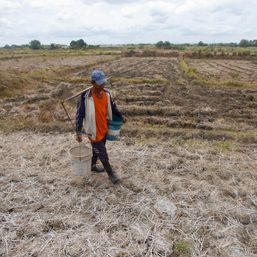
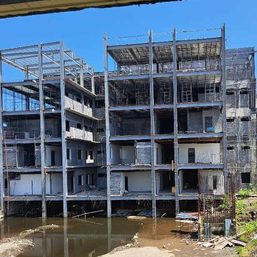


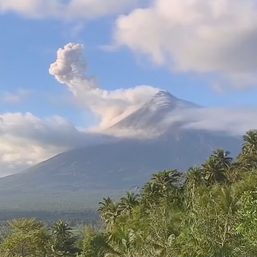
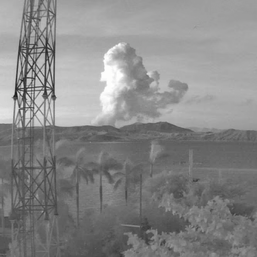
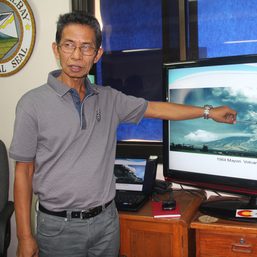
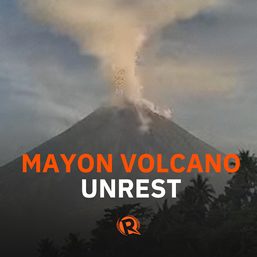
There are no comments yet. Add your comment to start the conversation.